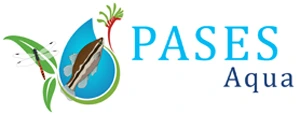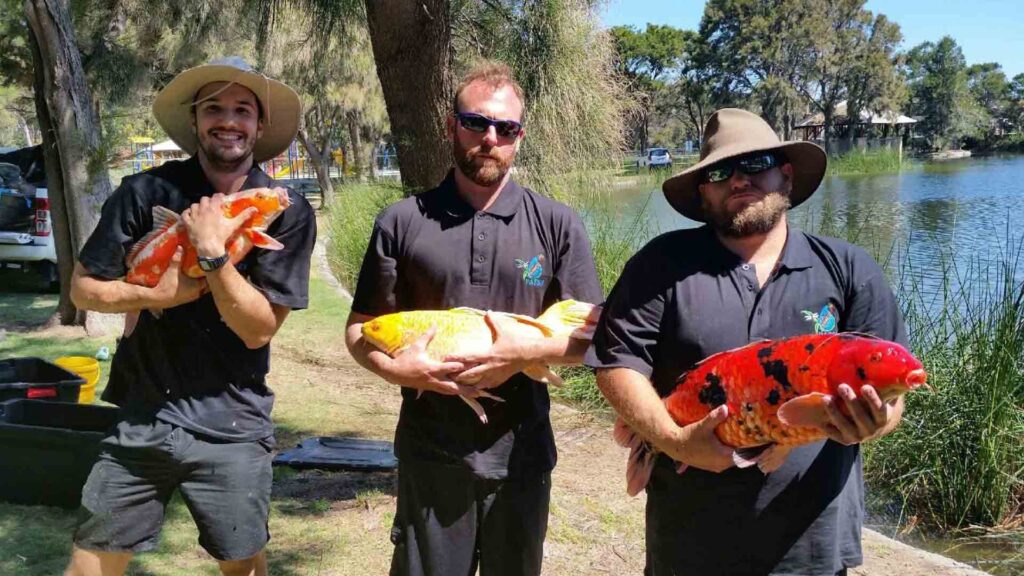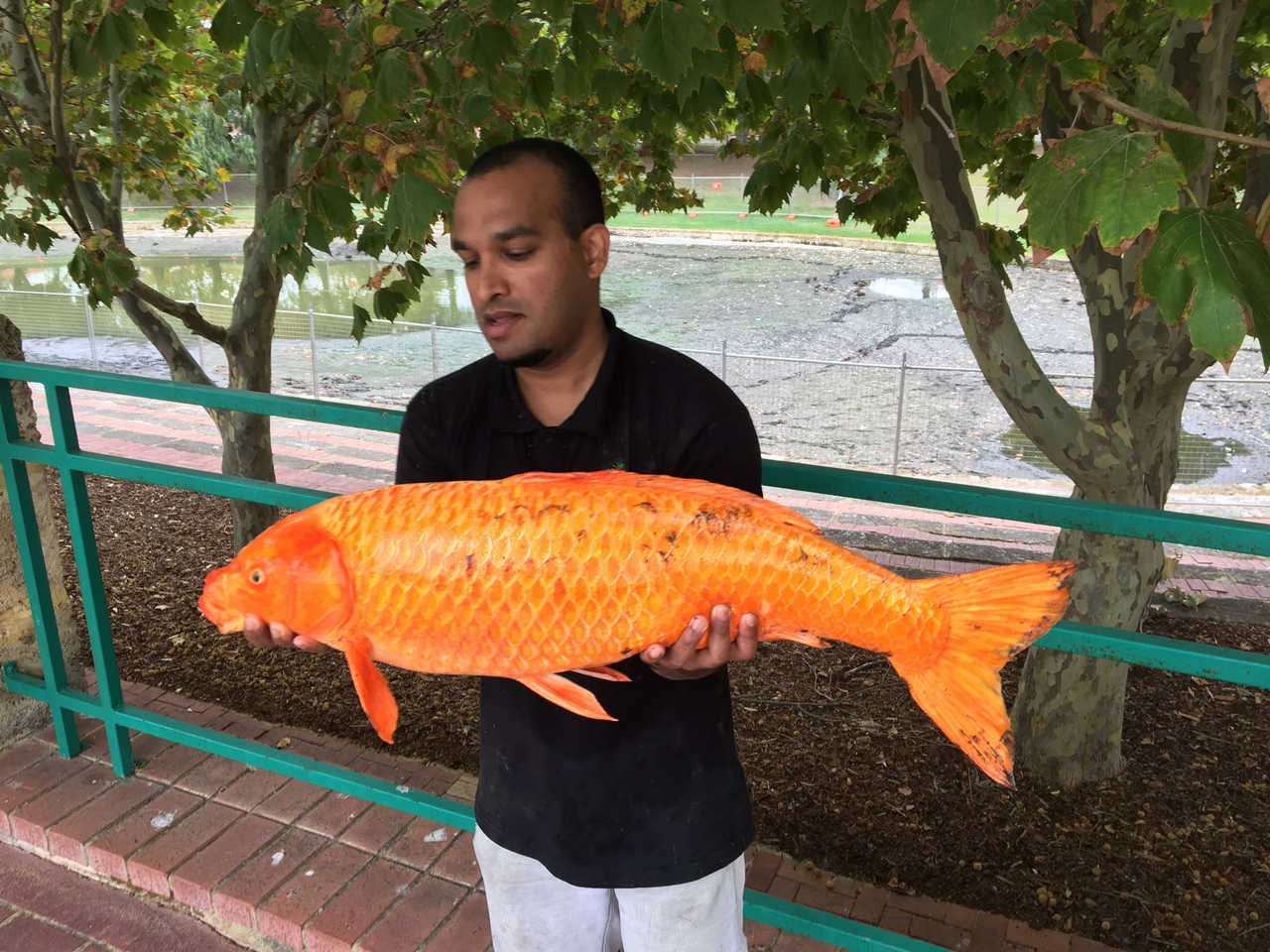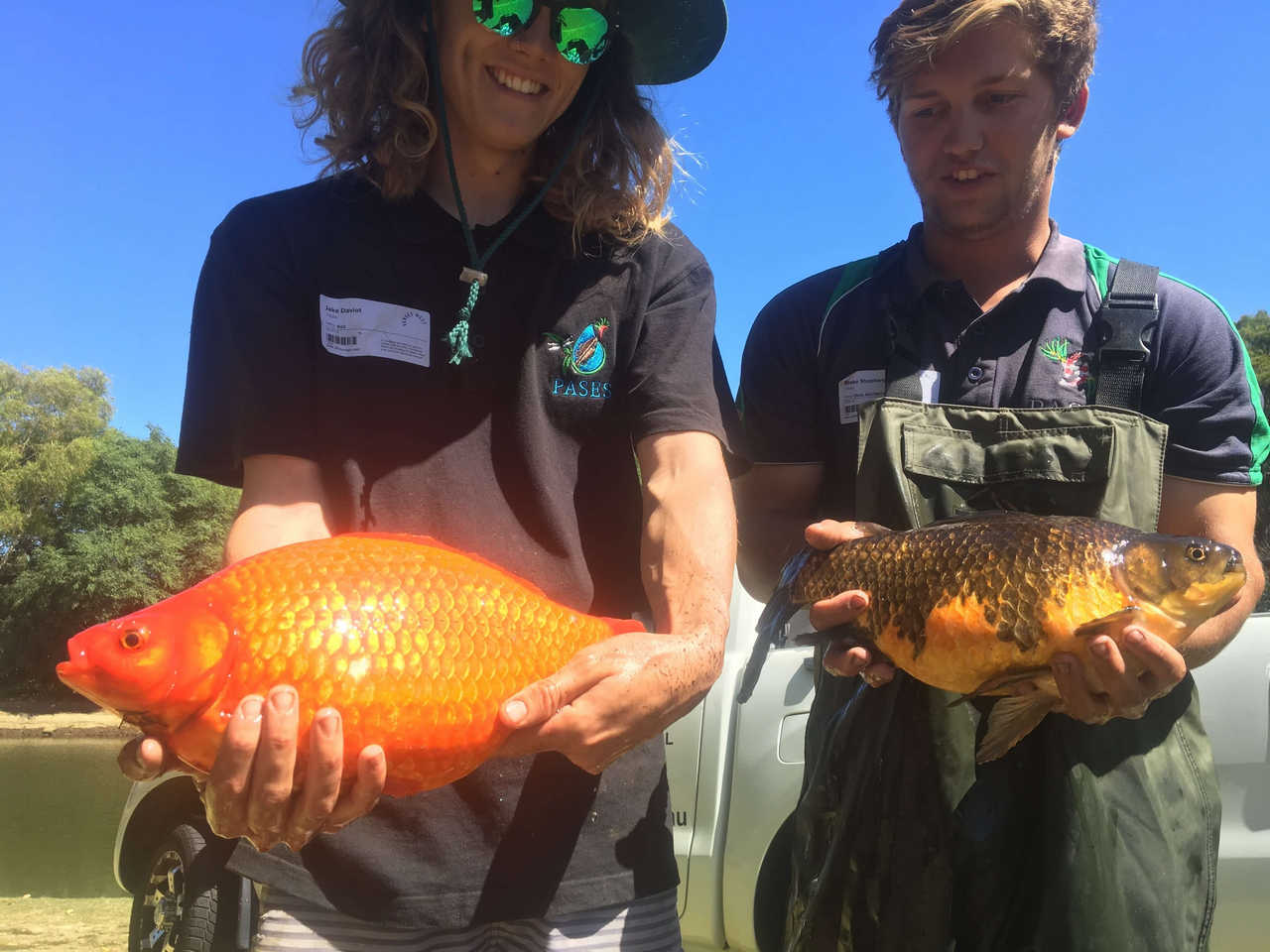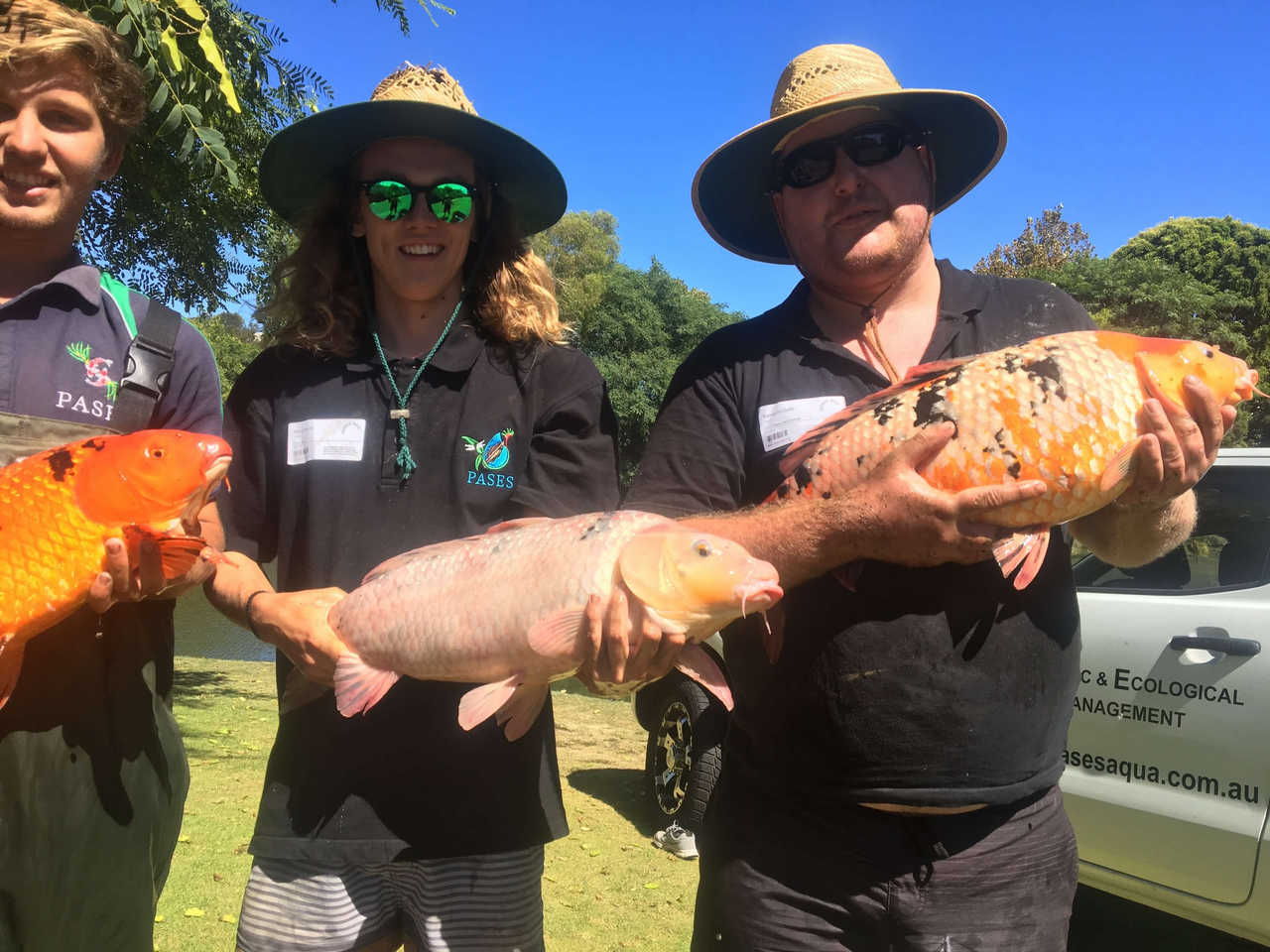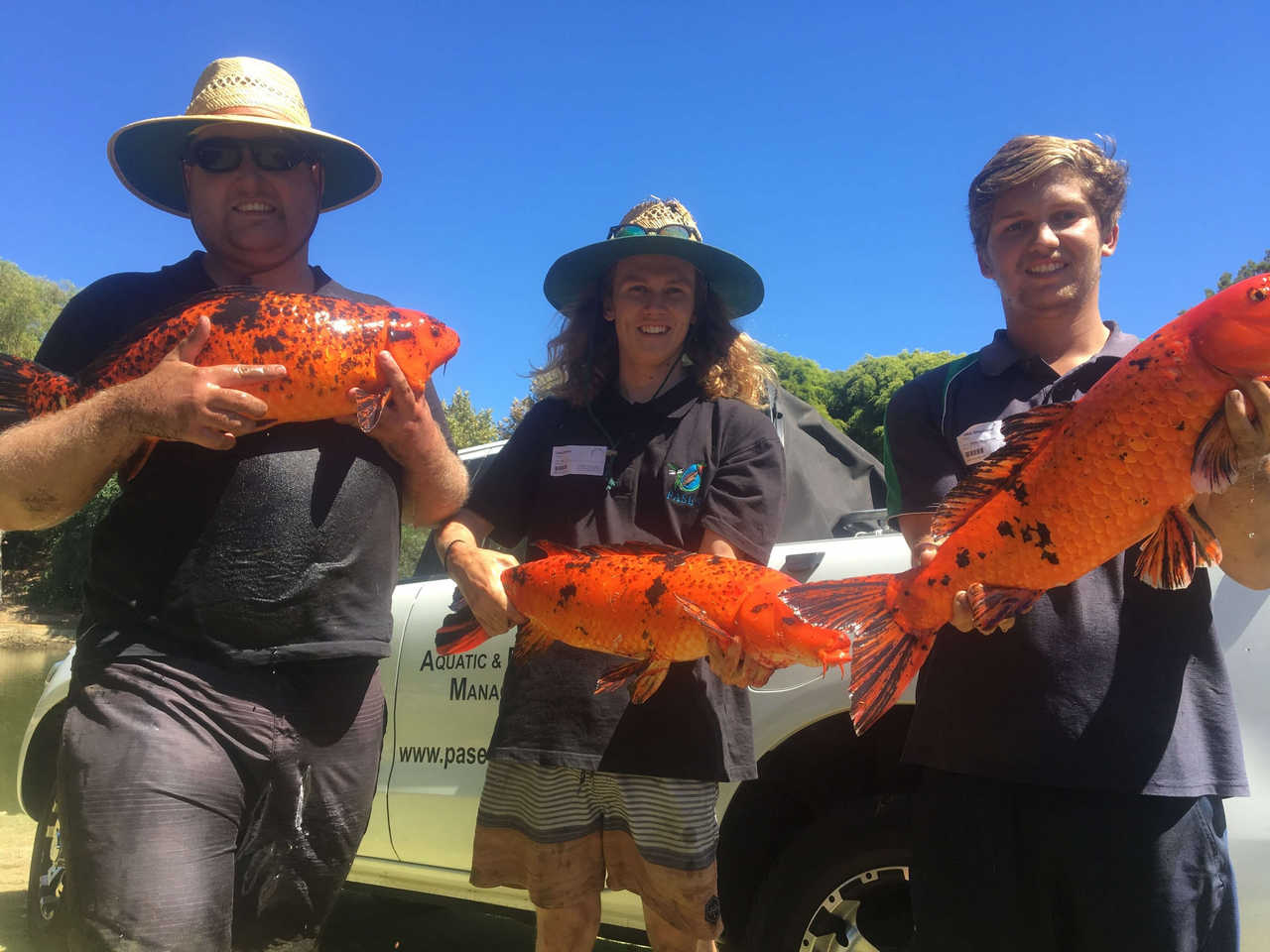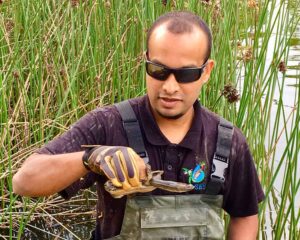There is a consensus among the scientific community that the common Carp (Cyprinus carpio) poses the greatest ecological threat out of all feral fish species in Australian waters. Given the nickname ‘River rabbits’, Carp have the ability to reproduce rapidly with females capable of produce upwards of 1,000,000 eggs per year.
Carp are omnivorous feeders and have broad habitat requirements, meaning they are capable of persisting in many environments, particularly degraded water bodies. When this species feeds, it ‘hoovers’ up the sediment, uprooting vegetation, releasing phosphorus by a process called bioturbination, and consuming the eggs of native species.
Ecological impacts of feral carp on natural and man-made wetlands include:
- Increased nutrient levels and incidence of eutrophication and algal blooms.
- Increased turbidity and mobilisation of phosphorous in from lake sediment.
- Reduction of aquatic macrophyte biomass which play key roles in nutrient cycling.
- Localised native fish extinctions through predation and competition.
- Disease transmission into native fish.
- Reduction in native macro invertebrate (insect) abundance and diversity including filter feeders (ie. Daphnia, Paramecium, Rotifers).
What are we doing about it?
All feral fish must be eradicated, but each problem must be assessed on a case-by-case basis taking into consideration the species, habitat and environmental characteristics of the affected system. Because each case offers a different series of challenges there are a number of efficient and humane feral fish control techniques hc
- Electrofishing – Electrofishing involves stunning fish with a short burst electric field so they can be retrieved.
- Seine Netting – The most efficient method for large species i.e Carp & Goldfish in open wetland environments.
- Fyke Netting and Fish Traps – Used for smaller species including Mosquitofish, Pearl Cichlids, Tilapia smaller goldfish and koi
- Spearfishing – Spearfishing is useful in targeting large invasive species in wetlands where the conditions, layout or features e.g submerged obstacles prevents netting.
- Biological control *Coming Soon* – We are currently working on the development of biological control methods to aid in the control smaller feral fish such as Mosquitofish, One Spot Livebearers, Rosy barbs and Swordtails.
What can you do?
- Never release aquarium fish or plants into our waterways – there are other options for your unwanted fish.
- If you have a pond, why not stock it with native fish for mosquito control?
- If you spot or catch a suspected feral fish species, do not return it to the waterway, dispose of it humanely, and report it to the Department of Fisheries Biosecurity team via the WA Pest Watch Portal.
If you think you have a feral fish problem or simply wish to improve the overall health of your wetland, lake or dam, please contact us on 08 94571235
Email: admin@pases.com.au
